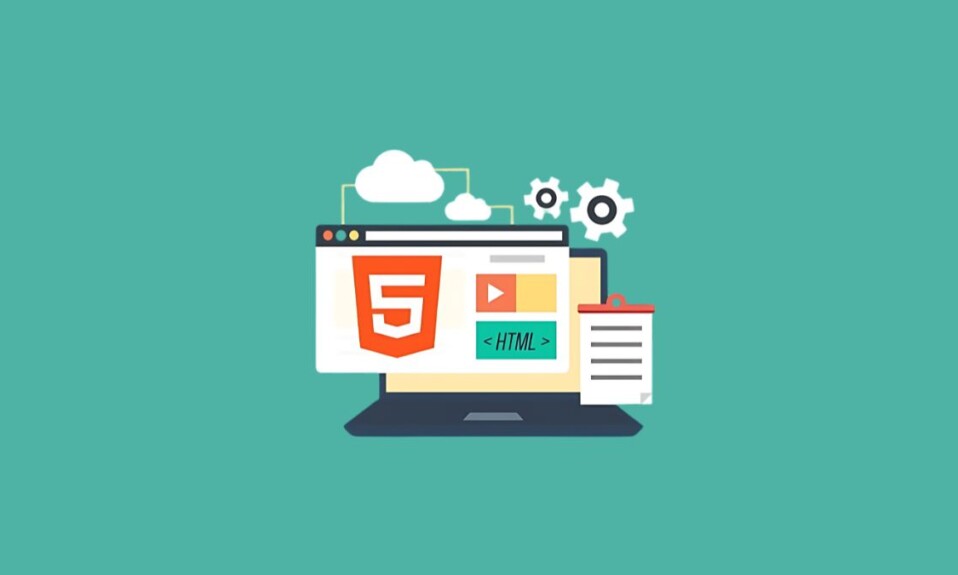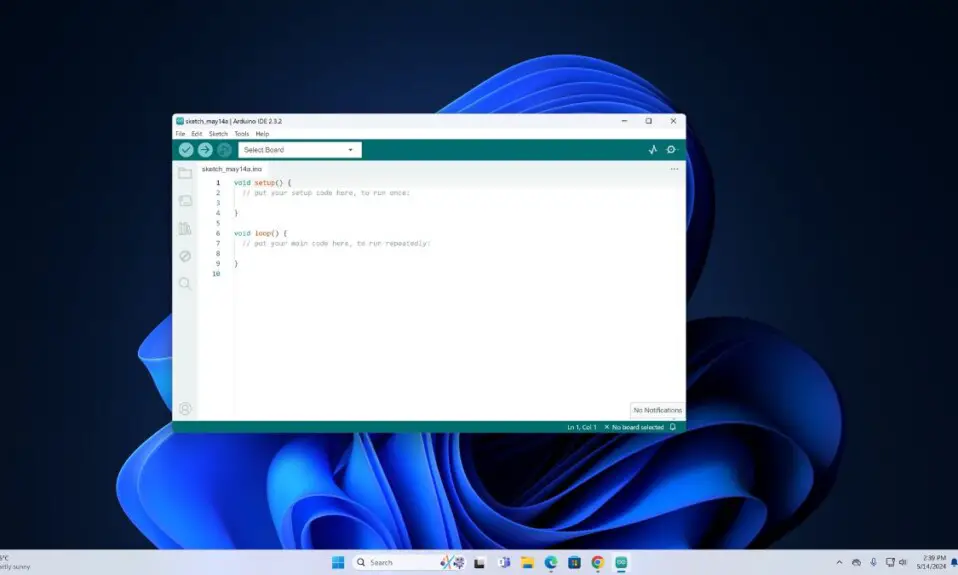
Websites play a huge role today in various fields such as digital marketing, blogging, and information provision. The first requirement of any website is that it should be accessible from all devices, especially mobiles. To achieve this, you need a front-end framework, and Bootstrap and its alternatives are among the most popular and free to use.
Although Bootstrap has gained much more popularity than its competitors, it may sometimes disappoint you as it may not always fulfill your demands. That’s the reason we are here with Bootstrap alternatives that perform equally as well as Bootstrap and may better suit your requirements.
Best Bootstrap Alternatives
Here is the list of the best Bootstrap alternatives that you can give a try. So, let’s check the list:
1. Foundation
“A framework for any device, medium, and accessibility” is the tagline of the Foundation, and this holds true. The Foundation Framework is the most advanced responsive front-end framework in the world. It can create prototypes and production code for sites that work on any device.
The foundation is a family of front-end frameworks that helps users build responsive websites, apps, and emails for any device. Users can easily customize Foundation to meet specific requirements. It supports Ruby on Rails and right-to-left languages. Undoubtedly, it is one of the best alternatives to Bootstrap.
2. Bulma
Bulma was introduced to the market three years ago, and it gained instant popularity. We have placed it in second place due to its popularity and features, but it is not a complete alternative to Bootstrap. It is purely a CSS framework and has no JS plugin.
Bulma provides a super simple grid system, a mobile-first responsive layout, customizable themes, helper CSS classes, and common UI components. It is based on a modern, flexible box module, also known as a flexbox.
3. Tailwind CSS
Tailwind CSS is a low-level CSS framework that provides customization features to users. It allows you to mix and match CSS properties anywhere and offers both free and paid options. It provides a barebones framework, which yields excellent results with very little content in your CSS bundle.
Additionally, it is component-friendly, allowing you to build your components. However, an issue arises as it does not provide any components out-of-the-box; you have to create all of them yourself. Overall, we can consider it a good alternative to Bootstrap.
4. Skeleton
Skeleton is a CSS framework that is quite popular among users for its 12-column fluid grid. The fluid grid has rows and columns, similar to other CSS grids. The latest version of Skeleton offers a mobile-first facility to developers, allowing the website to fit on all screen sizes. Skeleton can speed up the front-end development process as it is lightweight.
We can say that Skeleton is the perfect alternative to Bootstrap if you want to work on smaller projects. In such cases, you don’t need a larger framework. Skeleton also offers you a quick start without a compiling or installation process.
5. HTML5 Boilerplate
This is not a pure framework, but it is a front-end template of HTML5, CSS3, and JavaScript. The developers designed this with progressive enhancement in mind. It also includes a built-in support feature for printing a web page. You can use HTML5 Boilerplate to design any kind of web page and to build adaptable, fast web apps.
It provides you with all the necessary web blocks in a vanilla front-end bundle to design simple or complex websites. It is also very popular among users as an alternative to Bootstrap.
6. Pure CSS
Pure CSS is a CSS framework that has CSS modules clustered together. It has been developed to provide a lightweight, responsive framework that you can use in every project. If you bundle the modules, it comes in at only 3.7KB.
The framework is entirely based on CSS. This framework provides grids, menus, forms, buttons, and much more to developers. The grid module is just 1 KB. If you are dealing with mobile devices, this tiny framework is more useful than Bootstrap.
7. Groundwork
Groundwork is a responsive, lightweight, and customizable front-end framework. It allows users to create scalable and accessible web applications. Additionally, you will get a responsive and adaptive fluid grid system from this framework. Moreover, this framework works on all types of screens, i.e., from mobile phones and notebooks to big screens.
Developers can easily customize this framework to add their styles for additional functionality. The framework has been built on top of Sass and Compass. It includes almost all the tools you may need to create responsive headings, text blocks, and tablets.
8. Cardinal
Cardinal is a CSS framework that provides high performance, scalability, and maintainability. This framework helps developers maintain CSS on their websites, user interfaces, and applications easily. It offers a flexible grid system and encapsulated styles for common UI objects.
It also provides support for most modern browsers, including Google Chrome, Mozilla Firefox, Safari, and Android. The most amazing part is that you get all these world-class facilities within 11.27KB. So, it seems like an amazing choice in place of Bootstrap.
9. Bootflat
It is an open-source CSS framework that helps developers create elegant web applications in a faster and easier way. It allows developers to customize it according to their preferences. This framework has been built on Bootstrap 3, and HTML5 and CSS3 have been used to create the components.
Bootflat also follows a mobile-first approach and focuses on providing off-screen navigation. Therefore, you should choose this as an alternative to Bootstrap to achieve efficient performance in a small size.
10. Materialize
It is a responsive front-end framework that operates based on the material design principles of Google. However, Materialize is suitable for developers who want to incorporate a touch of material design on their website without dealing with complicated code.
It offers card design, Sass mixins, a drag-out mobile menu, and much more. You can choose this if you want to minimize the amount of coding.
Conclusion
Here, we have listed the top 10 alternatives to Bootstrap. Additionally, we have included the pros and cons as well as the reasons to choose each of them as an alternative. The final decision depends on you. You need to understand your needs and choose the right one accordingly.
Consider factors such as project scale, your familiarity with the framework, and specific features required. The decision is ultimately yours, and we hope this detailed overview helps you make an informed choice for your development needs.









